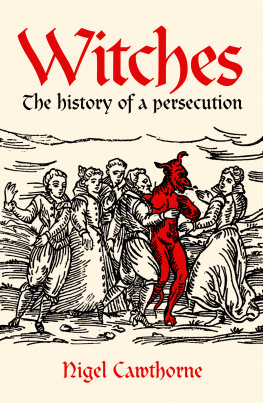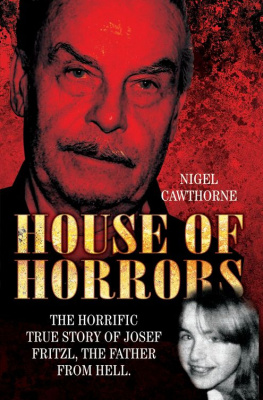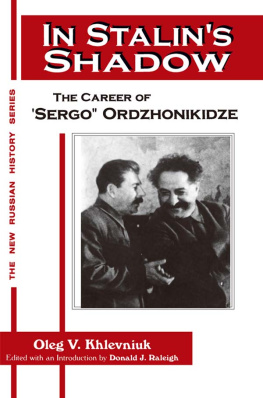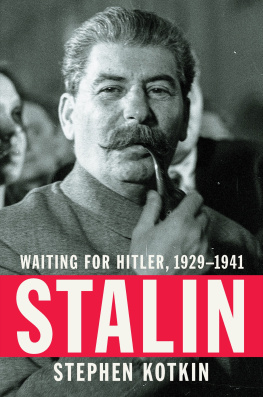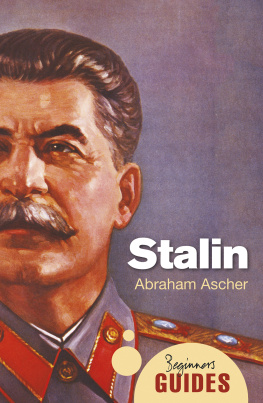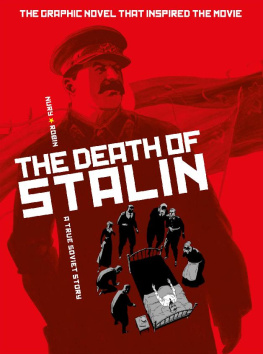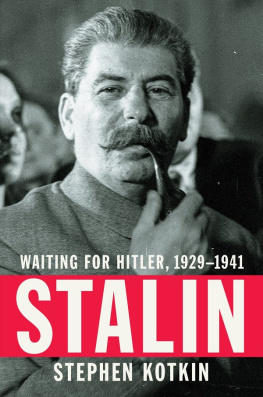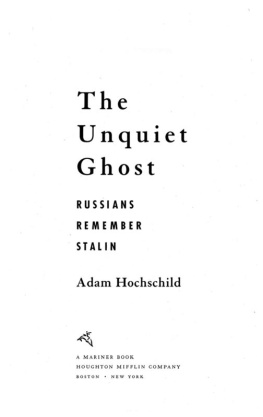Introduction
I was born two years before Stalin died, so I was not able to witness his actions at first hand. Nevertheless, I have seen some of the effects of Stalinism. In 1989 before the Berlin Wall came down I was stuck in Moscow with a suitcase full of United States documents. They related to the CIA, the National Security Agency (NSA), the US Department of State and the US Department of Defense. At the time, I had been finishing a book about the American prisoners who had disappeared after the Vietnam War. While I was there I received a telegram from the government in Hanoi inviting me to discuss the matter. My advance was already exhausted, so I decided to travel cattle-class on Aeroflot, taking the documents with me to demonstrate my knowledge of the subject.
However, I missed my connection in Moscow, which meant that I spent three days in a gloomy transit block with various stateless people who seemed to have got lost in the system. There was a concierge on each floor keeping a gimlet eye on everyone and we were only given thin soup to eat. No one was allowed outside. Even though the grim apartment blocks of the city could only be glimpsed from the coach that took me back and forth to the airport, it was easy to see how people could simply disappear.
The next time I visited Russia was in 1993, after the Berlin Wall had been brought down. I was writing a book about the British prisoners of war who went missing in the Second World War. When the Red Army liberated them from the German prisoner of war camps in the east they did not return to the United Kingdom because they had been sent to Stalins Gulag the system of slave labour camps that ringed Russia.
On that trip I visited Vorkuta, a huge mining settlement in the Arctic Circle, where I knew prisoners had been taken. There is no road to Vorkuta, just the railway that runs up from Ukhta. Begun in 1941, it was built by prisoners. The train journey takes 12 hours and it is said that there is one corpse for every sleeper. During the winter the ground was frozen, so the dead could not be buried. Instead, their bodies were stacked at the side of the tracks until the brief summer thaw came, when a thin layer of soil was sprinkled over them. After a time, their white bones would poke through the earth. They were left that way because the local people were told that those who had died were enemies of the people. And just to remind everyone who was responsible, each rail had the name Stalin cast on its side.
The mines and camps of Vorkuta were surrounded by miles of barren tundra cut by rivers, ponds and marshes, which spread as far as the horizon. This vast expanse of scrub and marshland was patrolled by the local inhabitants, who were given food and ammunition in exchange for the heads of runaway prisoners. The dead bodies of runaways were displayed at the watch posts for three days, as a warning to others. For most of the year the area was frozen and impassable. Even in June there were still huge banks of snow, though the sun did not set, day or night. During Vorkutas years as a penal colony, not a single person successfully escaped.
Around the town were the remnants of the 60 camps that had supplied labour for the mines there. Officially, each camp held between 1,800 and 2,400 prisoners, but they often accommodated four or five times that number. At the height of the Stalinist era there were 7,000 free men in Vorkuta people who had completed their sentence but had remained in exile there, together with guards and railway workers.
Many of the camps nestled in the crook of a fast-running river that had ice floating in it, even in midsummer. The far bank was steep and exposed, which presented would-be escapees with another formidable obstacle. Some of the prison barracks were still inhabited. The huts that had been designed for 70 men had been restyled into charming terraced cottages by covering them with wooden slats, which were then plastered and painted pink. These must have been desirable residences when they were freshly converted, provided that the occupants were not troubled by sleeping there. Others had been left to decay, the earth insulation spilling from their walls.
Iron cages, where prisoners might have been left to die of exposure, were still intact. And under the stone-built guard houses one could still see the tiny, unheated punishment cells. These were so small that the detainees could neither stand up nor lie down. The captives were left to squat in the freezing cold for days on end after committing such heinous crimes as trying to draw a picture on a torn piece of canvas with a lump of coal.
The watchtowers still stood at the corners of the work compounds, which were surrounded by four concentric barbed wire fences. There was no reason for such elaborate security precautions. Even if a prisoner got through the wire, there was nowhere to run to.
Beyond the compounds were graveyards stretching as far as the eye could see. The anonymous grave markers were still in place, but their cross-pieces carried no names, for the dead were just identified by a letter and two digits, such as A46 or R87. When the gravediggers reached the end of the alphabet, they would start again at A00. This helped minimize the scale of the deaths in the minds of the people who worked there. But why did they bother? Why did they not just throw all of the dead into a mass grave? The answer is that individual graves legitimized the whole process. The Soviets persuaded themselves that they were not butchers like the Nazis, because the men who were worked to death in Stalins labour camps had been tried and sentenced individually, as enemies of the people.
An exhibition dedicated to the camps was being held at the local town hall, where the cheery hostess announced that 20 million people had died in Vorkuta, this town that was just 50 years old. The local representative of the Memorial the organization for Gulag survivors thought this was something of an overestimate. The Memorial estimated that as many as 60 million people had died in the Gulag, and they maintained that Vorkuta was by no means the biggest of the penal colonies. Nevertheless, the death toll was such that Stalin must count among the greatest killers of all time, the equal of Adolf Hitler and Mao Zedong. Not that this would have worried him, for one of the statements attributed to the dictator is: A single death is a tragedy, a million deaths is a statistic.
This is not the avuncular figure who was dubbed Uncle Joe by Second World War propagandists when he was an ally of Britain and America. At that time he saw himself more as a knight errant, so his favourite films were Sergei Eisensteins Ivan the Terrible, which portrayed the first tsar, and Alexander Nevsky, the story of a 16th-century Russian prince who beats off the German attackers.
True, Stalin did see off the German invaders in the Great Patriotic War of 19415, as the Russians called it that is, the Eastern Front in what we in the West refer to as the Second World War. But he was often more of a hindrance than a help to his generals. In the 1930s, Stalin purged the Red Army of most of its competent officers, which led to the sacrifice of millions of ill-trained, ill-equipped men. And in 1939 he even embraced Hitler. If he had maintained his alliance with Britain and France and left his army intact Hitler might have thought twice about attacking Poland and the Second World War might not have happened. As it was, Stalin always turned against those who supported him, so the friends who had helped him to power were rewarded with a bullet in the head. On a far greater scale, millions of innocent people were deliberately slaughtered by the minions who had been issued with execution quotas and others were starved to death or deported from lush agricultural soil to barren regions in the east or the north.



